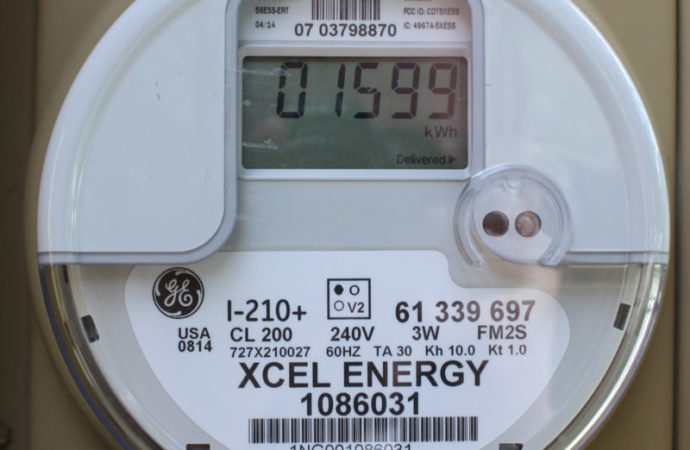Colorado’s largest utility is back before the PUC requesting another rate increase, this time a $312.2 million bump in electric rates.
The request is just the latest to arrive in 2022, a year that has come to represent a cost-hike bonanza for the energy monopoly. The PUC already approved a $182.2 million electric rate hike that took effect this April. It also approved a $64.2 million gas rate hike last month, a quarterly gas rate adjustment to account for the rise in the price of natural gas in October, and a $500 million cost recovery rider in June to reimburse the utility for its premium purchase of natural gas during Winter Storm Uri in 2021.
The Denver Post spells out what the request, if approved in full, would do to the average ratepayer’s monthly bill:
If the increase is approved, the typical residential bill would rise by $7.33 a month, or 8.2%, and a typical small business bill would go up by $10.16, or 7.77%.
The current average residential monthly bill is $89.35 and the average bill for small businesses is $130.79.
According to the Post, Xcel claims its latest hike is necessary to provide “funding for replacing equipment,” adding new customers to the grid, implementing cybersecurity measures for both the grid and Xcel customers, and “new technology.”
The article also notes that many ratepayer advocates and environmental justice activists are up in arms about Xcel’s latest request, but at this point, such protestations are starting to sound like crocodile tears.
Xcel is a known quantity. Its strategy hasn’t changed. Xcel exists to constantly build new projects so that it can generate new revenue and a guaranteed rate of return rubber-stamped by the PUC. Same as it ever was.
What’s changed is that the people of Colorado, through their elected representatives at the state legislature, have decided to give that known quantity carte blanche to reorient the way the state generates and distributes power. And that comes at a cost.
Clean Energy Plans, transmission line buildouts, demand-side management plans, energy efficiency programs, building code electrification bills, rebates, renewable portfolio standards—these things all originated from deliberate policy choices, and the costs of seeing them implemented add up over time.
You wouldn’t blame water for making you wet. You can’t blame a monopoly utility for responding to incentives and gold-plating the state’s energy transition.








